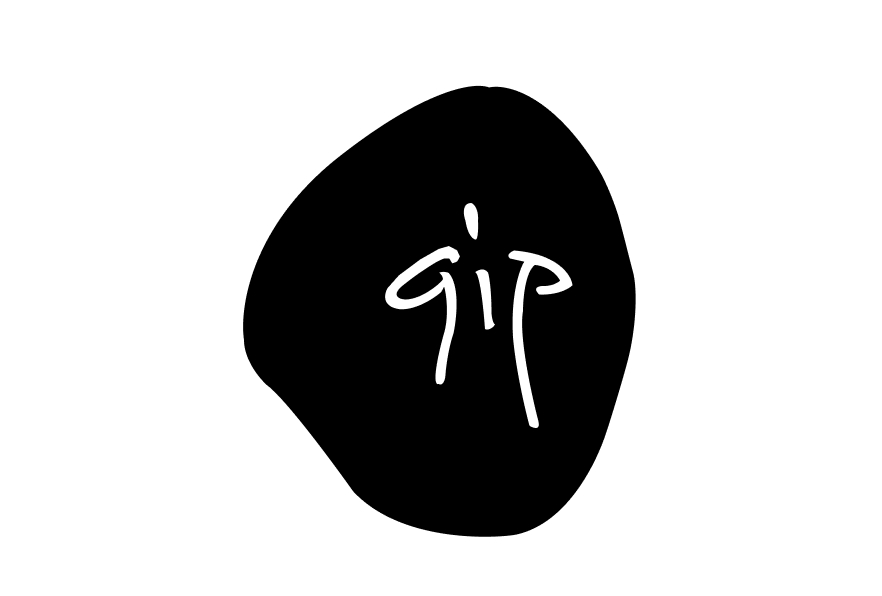
In an era where traditional AI systems are growing ever more complex and energy-intensive, we ask a bold question:
What if intelligence could emerge from simplicity?
What if particles—not transformers—held the key to scalable, adaptive AI?
Welcome to QIPAI (Quantum-Inspired Particle AI)—an experimental AI framework built from the ground up to be lightweight, adaptive, and fundamentally emergent.
💡 What is QIPAI?
QIPAI is a physics-inspired alternative to conventional AI models like transformers or diffusion models. It doesn’t rely on massive datasets or GPU farms. Instead, it simulates intelligent behavior using minimal, particle-based agents that operate through interactions, fields, and environmental feedback—much like particles in quantum physics.
Imagine a web of particles, each carrying a local behavior, memory, and learning capability. Over time, these particles evolve, communicate, and adapt, forming emergent intelligence that can solve problems, adapt to new environments, and even self-organize into complex patterns of reasoning.
⚛️ The Core Principles of QIPAI
- Particle-Based Computation
Each unit of intelligence is modeled as a lightweight particle that observes, reacts, and adapts within a local environment. - Quantum-Inspired Fields
Interactions are governed by probabilistic fields, much like quantum wavefunctions—allowing for fluid reasoning, uncertainty handling, and parallel processing. - Emergence over Architecture
Intelligence is not hard-coded. Instead, it emerges from simple rules and iterative feedback, much like life itself. - Low Energy, High Scalability
QIPAI avoids heavy matrix math and attention stacks. It’s built to run on microcontrollers or edge devices, not just data centers.
🧠 How Is It Different From Traditional AI?
| Feature | Transformers | QIPAI |
|---|---|---|
| Architecture | Static & layered | Emergent & dynamic |
| Training | High-resource, batched | Incremental, environmental |
| Intelligence | Encoded in weights | Emerges from particles |
| Memory | Explicit (tokens) | Distributed & spatial |
| Power use | GPU/TPU heavy | CPU/JS/light environments |
| Flexibility | Finetuned per task | Self-organizes per goal |

I’m so hopelessly positive. Training comparison between OpenAI VS qipAi
🌀 Use Case: Autonomous Workflow Orchestration for Enterprise Operations
One of the most powerful applications of QIPAI and NSAF MCP is in orchestrating autonomous agents that manage and optimize complex enterprise operations in real time. This includes:
- Supply Chain Intelligence: Agents that navigate logistics APIs, respond to shipping delays, reroute containers dynamically, and sync with internal ERP systems.
- Autonomous Compliance Handling: React to regulation changes by updating document flows, performing self-audits, and coordinating with external partners—all without human oversight.
- Finance and Procurement Automation: Agents parse and verify invoices, negotiate contracts, monitor fraud indicators, and coordinate payment timing for optimal cash flow.
- HR and Talent Coordination: End-to-end hiring, onboarding, training, and performance evaluations handled by symbolic-flow-driven particle agents that adapt to organizational goals.
- IT Infrastructure Monitoring + Healing: QIPAI-powered agents detect anomalies, simulate multiple fix-paths, coordinate patch deployments, and reroute traffic with minimal downtime.
🧠 Why It Works
- NSAF MCP provides symbolic logic graphs, policy adherence, and state-transition modeling (e.g., SLA rules, risk mitigation protocols).
- QIPAI overlays emergent behavior and adapts on-the-fly to nuanced signals like exceptions, unknown edge cases, and multi-agent decision cascades.
Together:
🔁 NSAF = Structure, Regulation, Logic
⚛️ QIPAI = Flow, Feedback, Emergence
This hybrid model doesn’t just “automate tasks”—it learns the organization, evolves with its data, and becomes a digital brain layer between APIs, internal systems, and human staff.
🔁 Learning From the Environment
QIPAI agents learn via a component called the ExperienceCollector—a quantum-mapped memory structure that captures feedback (success, failure, delay, response rate, etc.) and feeds it back into the particle field.
Over time, this allows the system to:
- Recognize successful patterns
- Adapt to platform-specific quirks
- Prioritize effort for high-yield targets
- Self-optimize with minimal human input
🧬 Modular Design: Build Your Own Quantum Agent
QIPAI is modular by design. You can plug in:
BinaryAdapter– for converting external signals to field inputsStreamingQuantumTrainer– for real-time reinforcement of patternsExperienceCollector– to store lessons in particle-compatible memoryIntentionResonator(coming soon) – an experimental module to amplify goal-oriented behaviors
You’re not locked into any stack. QIPAI works with:
- JavaScript for front-end + emergent canvas logic
- Node.js for backend logic and quantum scheduling
- Your custom stack for particle control and visualization
🌍 Why It Matters
Most AI frameworks today aim to scale up. QIPAI is different. It aims to scale down while increasing intelligence.
This means:
- Running an LLM-style agent on your phone
- Building trainable edge devices with near-zero cost
- Teaching a particle agent to master a domain in under an hour
- Evolving collaborative agents that reason and coordinate autonomously
🧭 The Road Ahead
QIPAI is still in its early days. But the vision is clear:
- Quantum-as-a-Service (QaaS) modules
- Self-assembling agent swarms
- Physics-based reinforcement algorithms
- Unsupervised open-ended learning
We’re not building another transformer.
We’re building the first real-time, physics-emergent intelligence engine.
And you’re invited to co-create it.
🚀 Get Involved
Want to contribute, experiment, or deploy QIPAI?
- Clone the core modules from GitHub (coming soon)
- Check out the example particle systems for inspiration
- Start training your own emergent agents—on browser or Node
Or just reach out if you’re building something wild—we might just build it together.
QIPAI isn’t just an AI framework. It’s a new way to think about intelligence.
Let’s explore the quantum edge of cognition—together.
If you’ve made it this far, I’d love to hear your thoughts—feel free to share your opinion below!
